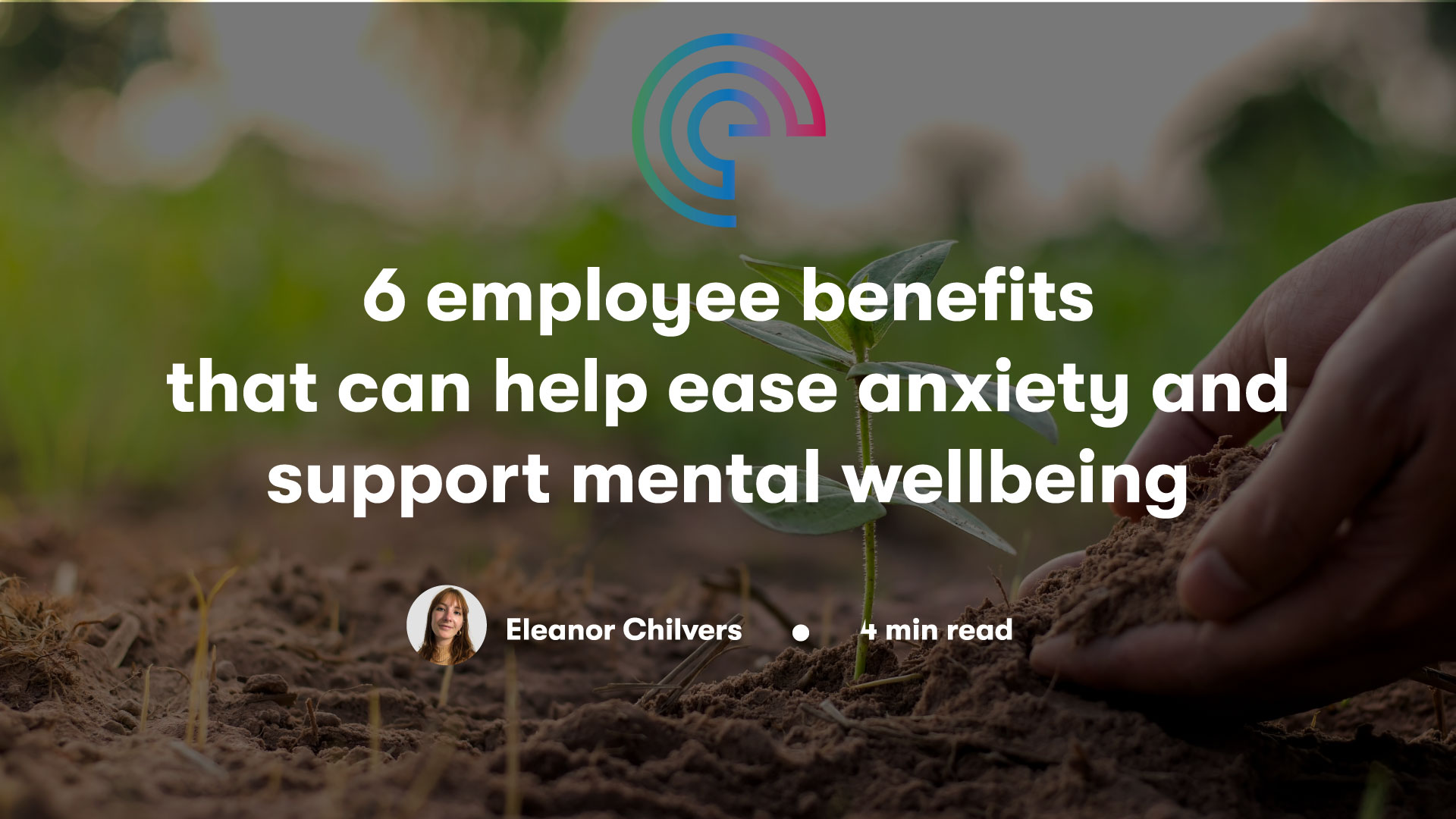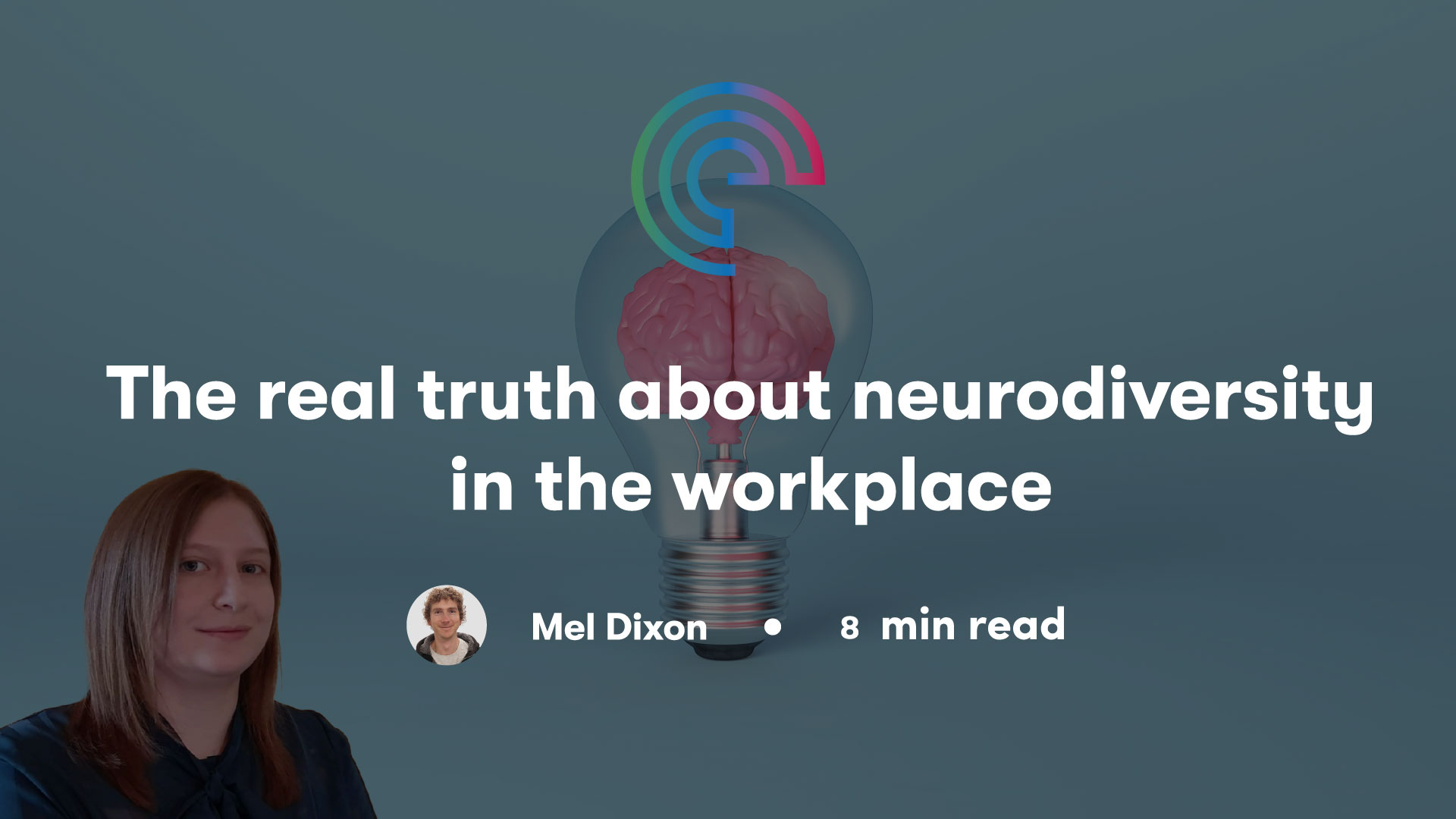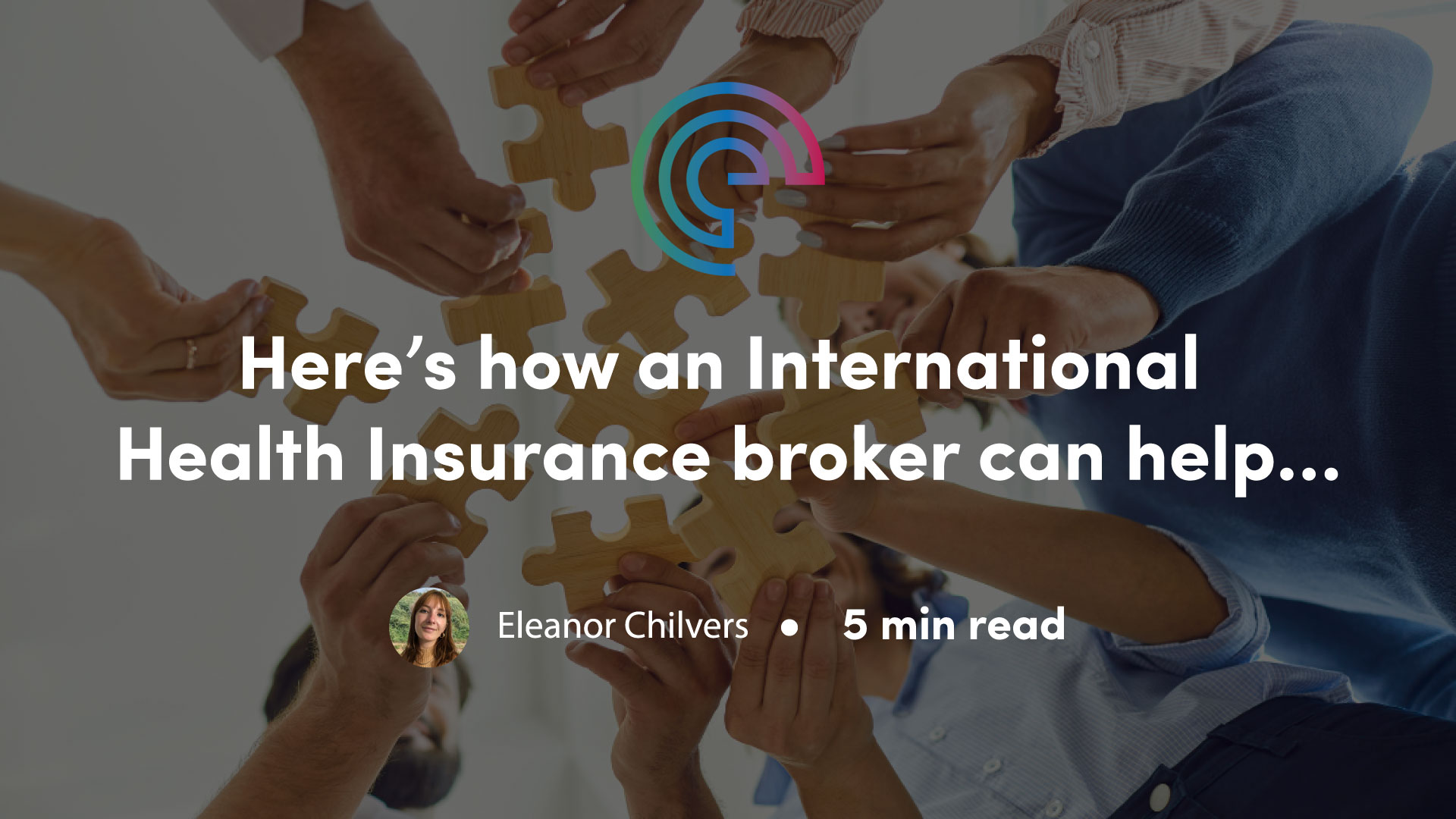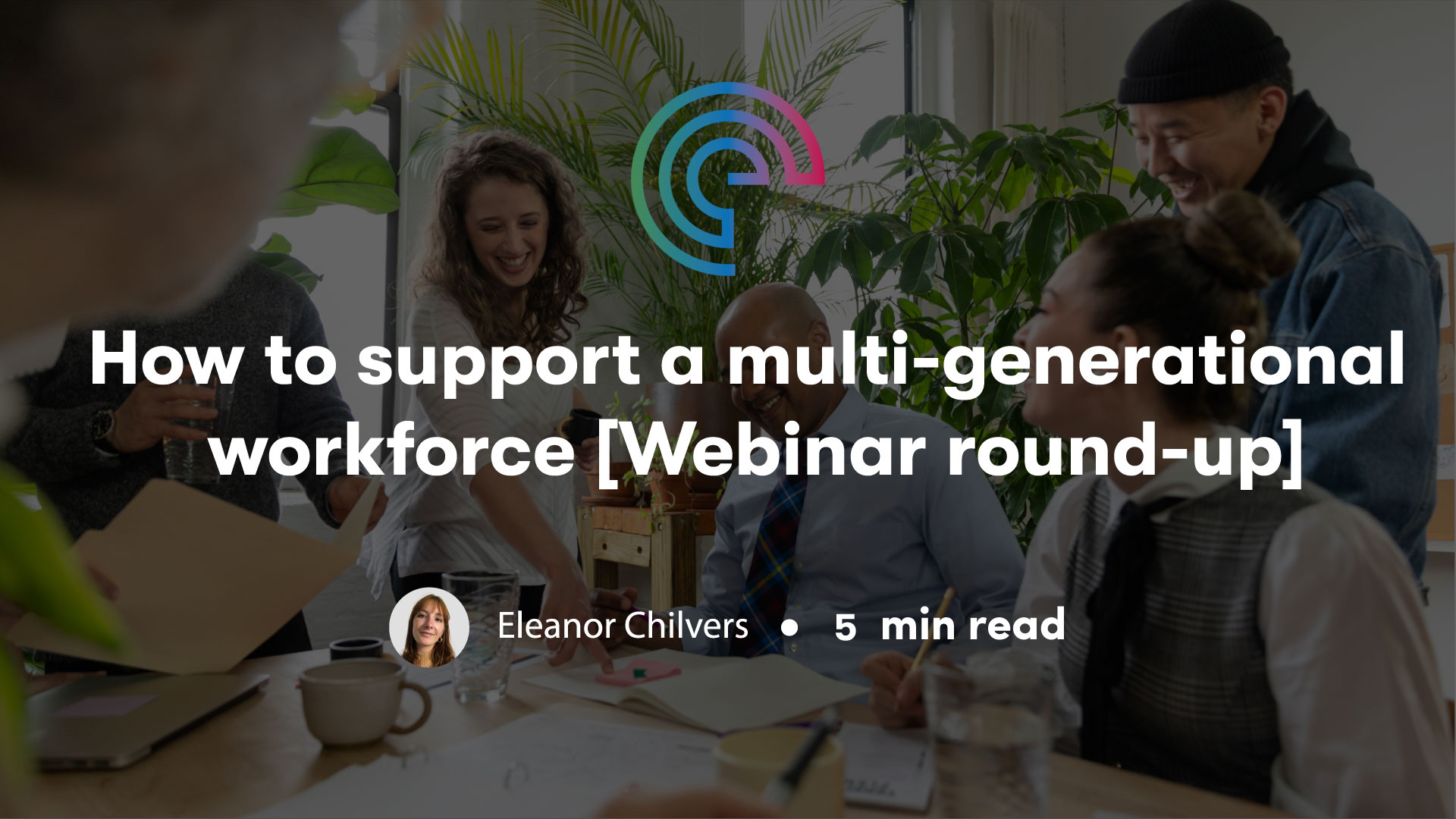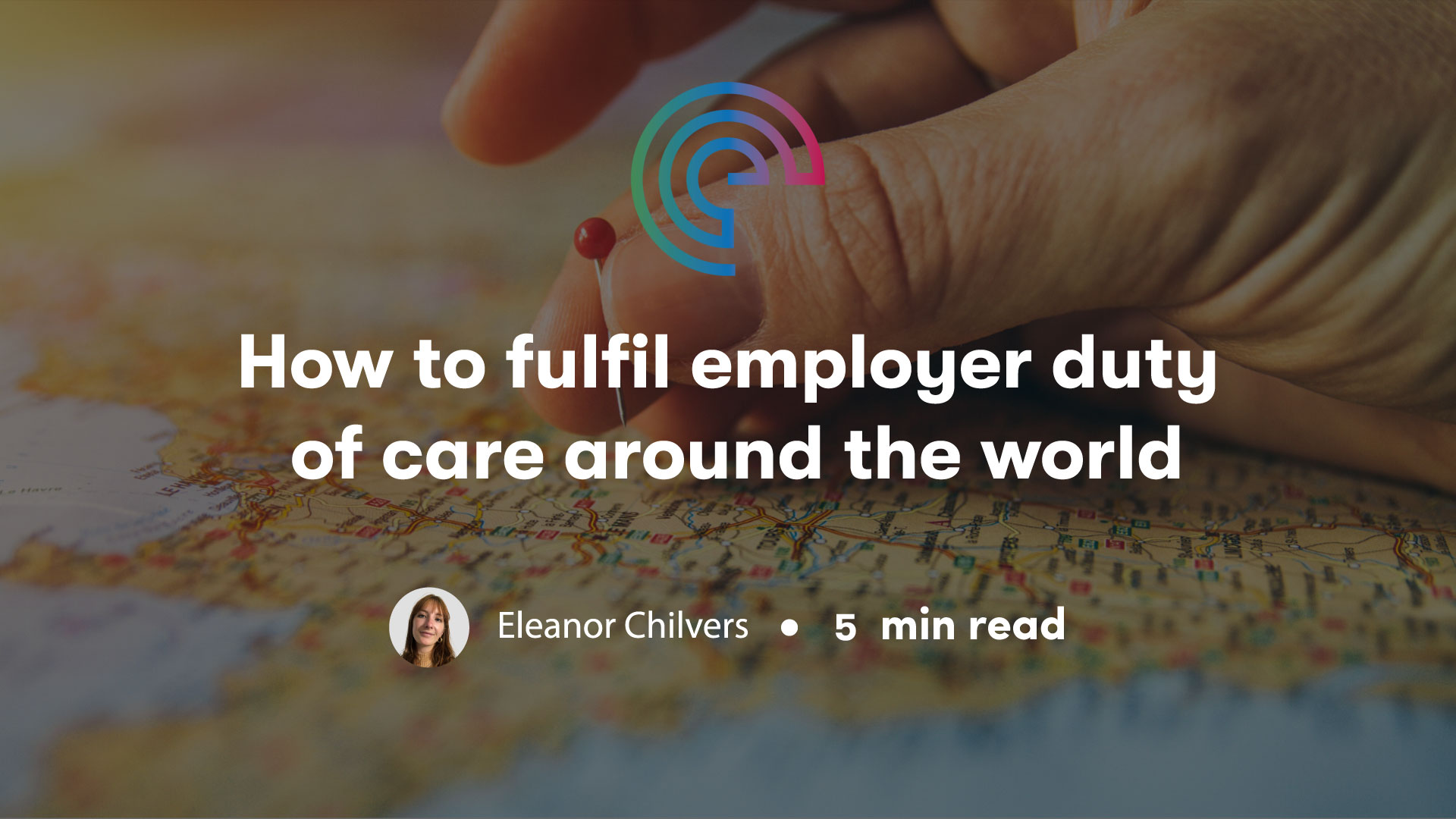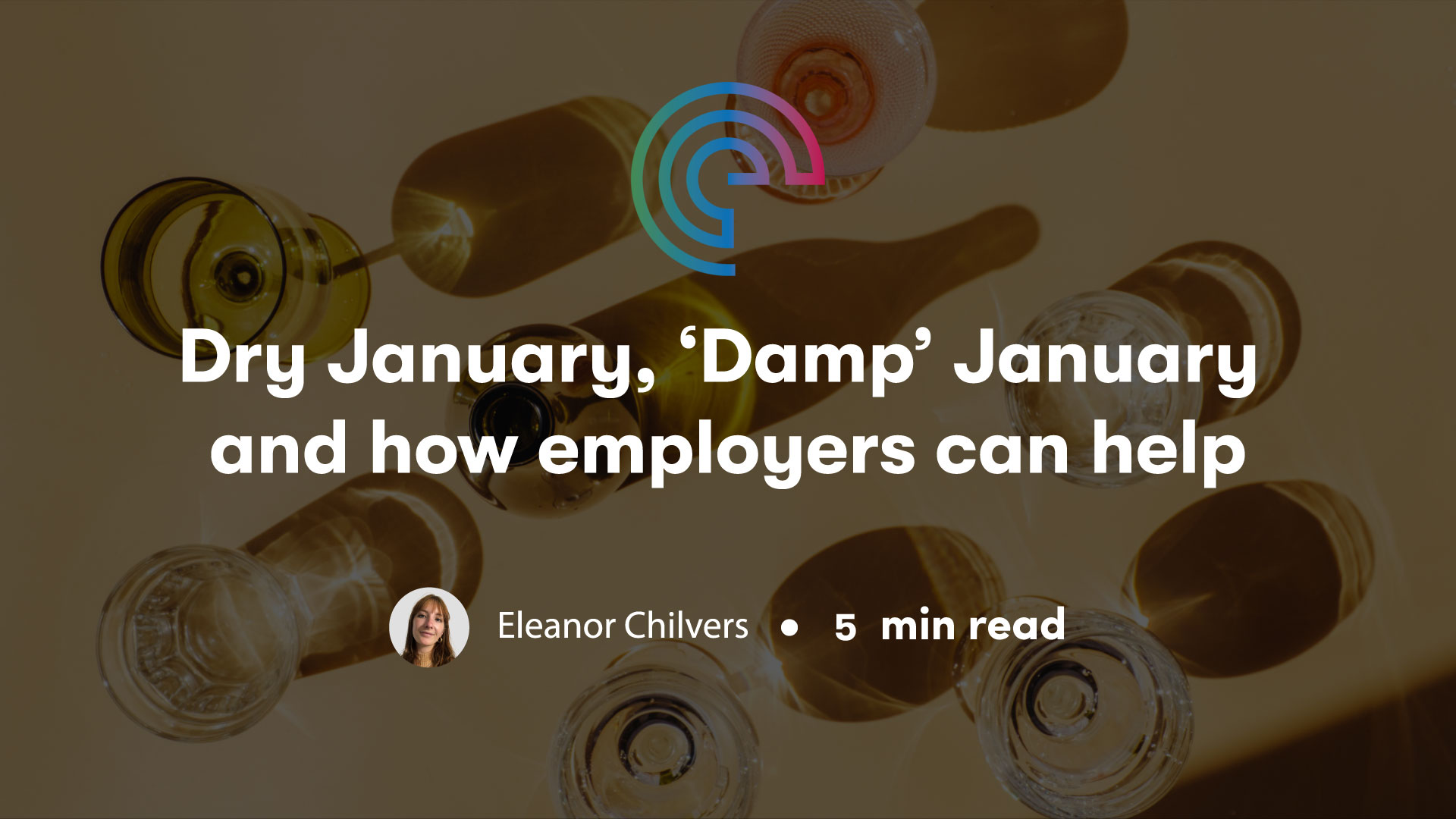Whether you are considering the introduction of Employee Benefits for the first time in your business, or you’re taking the time to review your current arrangements, it’s important to remember that one size doesn’t fit all.
A good Employee Benefits strategy is a great way to make your team feel engaged and cared for, as well as helping to attract and retain the best people.
Factors to consider…
Understand your workforce
It’s easy to make assumptions around which benefits will be most welcomed by staff; however, acting alone could see under-utilisation, low perceived value and a minimal return on investment.
Conducting a short employee survey to seek out your team’s views and help them to feel included in the decision will demonstrate that their opinion is valued, and generate a stronger connection with management when the “call to action” is delivered upon.
Blend your approach
Placing all of your focus in just one camp can leave your benefit provision lacking. An insurance heavy approach (health insurance, death in service etc.), whilst excellent to provide, can leave staff disengaged, as these type of benefits are only realised when you are unwell or the worst happens.
A wellness heavy approach is proven to make staff feel more engaged as the benefits can be utilised more frequently, however, they aren’t much use if someone needs physiotherapy or an urgent diagnostic scan. Taking a more blended approach in this area can really deliver the best of both worlds.
Promote and communicate
Once you have decided upon your benefit strategy and selection, it’s important to ensure people know what they have and how to use it. If you are using an independent intermediary to assist you with sourcing, devising and implementing your benefits provision, do ask them to assist in how best to communicate the finished article to employees.
Any good intermediary/benefit consultancy will be happy to deliver employee presentations, develop bespoke literature and spend time at your premises to answer employee questions and promote the value being provided.
Line up your ducks
For some organisations it can often still be the case that the insurance mechanisms such as Group Medical Insurance and Income Protection are managed by a Finance department, whereas wellness provision such as Health Cash Plans and Health Screening are managed by HR. Compartmentalising benefits across different area of the business often inhibits a joined-up approach and reduces the opportunity to drive cost efficiencies.
If your business is working with multiple service providers via different internal stakeholders, it’s likely you will pay more overall and find it increasingly difficult to achieve your overall objective.
Measure success
Even if you are spending a small percentage of gross payroll on benefits, continuous review should be a priority.
What are we getting from our current benefit provision? Is it still valued by staff? Do our partners/providers align with our company culture? Are we paying too much? Is it being effective?
These are all questions that should be asked on at least an annual basis to avoid stagnation, remain relevant and to ensure businesses get the best possible return on their investment.
Benefit Selection
Private Medical Insurance
If you ask any person what the most important thing to them in their universe is, the top two answers never change: Number one is “My family’s health” and number two is “My health”. If an employer sets out to support a staff member in these two areas, which are of most importance to them, they’re more likely to be appreciated and encourage loyalty.
Health Insurance plans provide specialist consultations, speedy diagnostic tests and cover high cost treatments such as oncology, heart and psychiatric conditions. Furthermore, if an employer is able to get an unwell key member of the team treated and back to work quickly, they reduce the amount of downtime suffered and keep the business running smoothly.
Health Cash Plans
Cash Plans have become extremely popular over the last decade, offering an affordable alternative to full health cover. Covering everyday healthcare costs such as routine dental, contact lenses, physiotherapy, chiropractic and chiropody, Health Cash Plans can deliver a greater perceived value to employees than most other benefits as they are used more frequently.
Employee Assistance Programmes (EAP’s)
EAP’s provide a 24/7 confidential employee helpline and face-to-face counselling where advice and guidance can be sought for a range of issues such as debt, drug and alcohol abuse, violence in the home, stress, legal support and more. Employee Assistance Programmes are a low cost option and, if promoted in the right way, they can be of real value to staff that mightn’t have another avenue to discuss the difficulties they’re facing.
Death in Service (Group Life Assurance)
This benefit ensures that upon the death of an employee, their dependants (spouse/children) will receive a lump sum payment which is usually a multiple of the employees’ annual salary.
Why is this benefit more important now? The first time that anyone ever discusses a Life Assurance policy is usually when they purchase their first home as once they have an asset to protect, the appropriate advice around ensuring it’s paid off if something happens to them duly follows. However, an increase in UK house prices, an increase in the age at which people buy their first homes and ultimately fewer people purchasing homes altogether means that this conversation isn’t happening as and when it once did. As a result, there are many more working people with no Life Assurance cover at all, but still with financial dependents who rely on them.
The thought of an employee in their early thirties with young children and no life assurance cover should be enough to send shivers down the spine of even the least risk averse amongst us. We can’t force staff to seek personal financial advice and plan for the worst, but with Group Death in Service being such a low cost benefit to provide, it should be a consideration starting point for any conscientious employer.
Group Income Protection (GIP)
GIP provides an income to an employee when they are unable to work as a result of an illness or injury. The amount paid is typically a percentage of the employee’s salary (75% for example) and payments begin after a set waiting period and can continue until the employee returns to work, or their state pension age (SPA). Unlike some other employee benefits, with Group Income Protection the employer is the beneficiary of any claims, and this enables them to pay the absent employees’ salary through payroll as normal. Employers can also elect to insure the cost of National Insurance and Pension contributions in order to truly minimise their financial outlay in the event of a long-term absentee.
But it’s not all doom and gloom and contemplating the worst case scenarios of prolonged employee sickness. Early intervention and rehabilitation techniques which support employees and get them back to health and back to work as quickly as possible make GIP one of the most commendable and helpful benefits a business can provide. Early notification of potential claims (by employer to insurer) is key to helping the affected member of staff in being assessed and assisted on the road to recovery as quickly as possible, as well as giving the employer the best possible chance of stopping a potential claim before the waiting period is up, and therefore containing future premium increases.
Health Screening
Prevention is better than cure! Well, that’s partially true but as highlighted above, cure is pretty important too.
A decade ago the only health screens that were provided were to senior staff in large corporate organisations. Thankfully this is no longer the case and we have seen a significant increase in the number of employers willing to fund health screening initiatives for their wider workforce. The higher end of health screening can be very expensive with full well-man/well-woman MOTs ranging between £300 and £900 for a three-hour detailed assessment. These types of screens are often still reserved for the higher echelons of business personnel and that is understandable, although lots of employers now make these available on a discounted voluntary basis for those willing to fund the health screen themselves. However, where the biggest breakthrough has come is with basic “know your numbers” health screens. These low cost (£20 – £30 per assessment) checks are becoming ever popular and measure the key clinical indicators such as blood pressure, cholesterol, blood glucose and Body Mass Index. These basic measures should ideally be taken once per annum with a GP. However, life gets in the way and this seldom happens, leaving many people unaware of the potential health risks, which could exist beneath the surface. Many health screening providers can now send a clinician to an employer’s premises for the day to deliver these checks and provide immediate results.
Discount Platforms
Providers in digital platform market have done very well over the past few years in offering a relatively low-cost employee benefit that aims to save people money in areas where they already spend their disposable income. This includes, but is not limited to:
- Discounted breakdown cover
- Mobile phone insurance
- Gym discounts
- Discounted cinema tickets
- Cycle to work schemes
- Childcare vouchers
- High street savings
These platforms can be a great way to engage with your workforce and many of the better providers have developed Apps which help drive utilisation and importantly, make it simple for people to access. Many Private Medical Insurance and Cash Plan providers will offer similar benefits as part of their standard products so it’s important that businesses don’t “double up” and that implementing a discount platform is complementary to other benefits currently in force.



